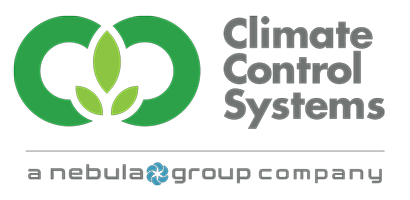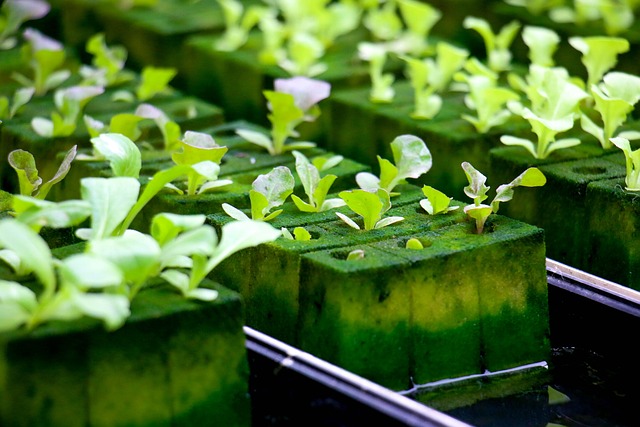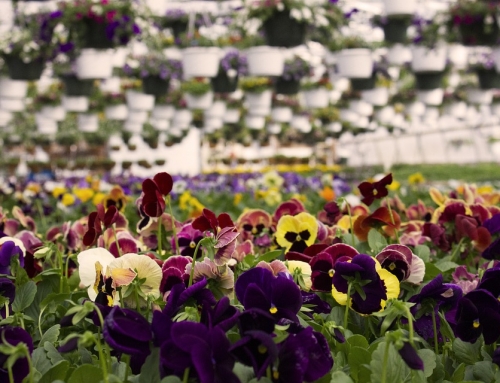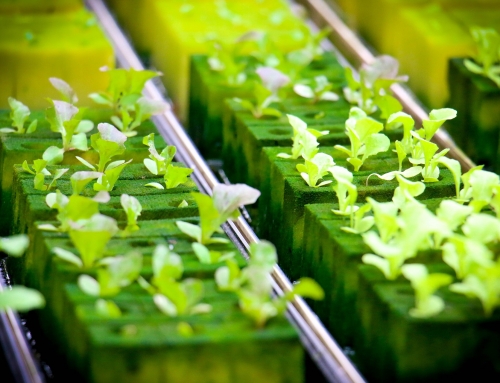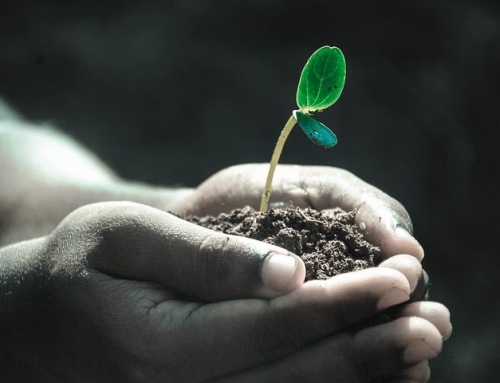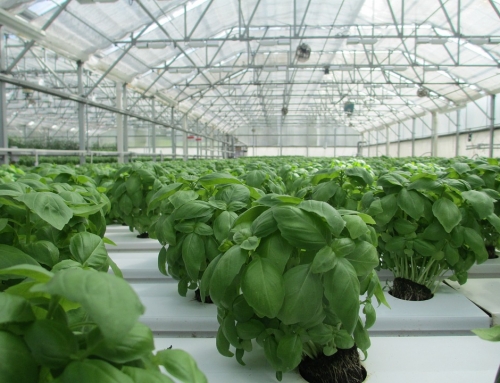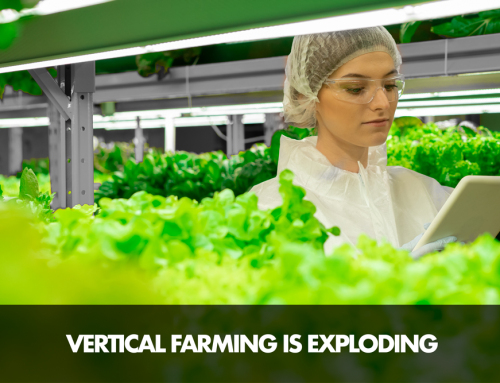Hydroponics, the system of growing plants without soil, has been progressively gaining a foothold in the realm of agriculture for its sustainability benefits and profitable features. This dynamic methodology has evolved through time, and with the advent of new technologies, radical improvements have been made to make it more efficient and accessible. This blog post presents an overview of some of the most recent and cutting-edge innovations in hydroponics.
1. AI and Machine Learning in Hydroponics:
Artificial Intelligence (AI) and Machine Learning (ML) technologies are now being effectively implemented into hydroponics, revolutionizing the landscape of this soilless farming method. These advancements provide farmers with insights on optimal plant growth conditions, yield predictions, and disease detection, taking the guesswork out of farming. AI and ML-based algorithms can now predict and adjust elements, such as light intensity, nutrient concentration, and pH levels, based on historical and real-time data, significantly maximizing the yield while minimizing resource usage.
2. IoT-Enabled Hydroponics:
The Internet of Things (IoT) has reshaped numerous industries, and hydroponics is no exception. IoT devices can remotely monitor and control hydroponic systems, adjusting nutrient delivery based on the needs of the plants. All this data can be consolidated, analyzed, and shared seamlessly, further increasing the efficiency of hydroponic farms.
3. Automation in Hydroponics:
Automation has found extensive application in the hydroponics industry. Fully automated hydroponic systems, backed by robotics and AI, can handle tasks ranging from seeding, transplanting, to harvesting. Advanced hydroponic systems can also track and automatically adjust environmental parameters such as temperature, humidity, light, and nutrient balance. This innovation can significantly reduce manual labor, increase productivity, and ensure consistency in output.
4. LED Grow Light Innovations:
LED lighting advancements have become an integral part of indoor hydroponic systems. New-age LED grow lights can simulate the spectrum of sunlight more accurately, greatly improving plant health and yield. With the development of adjustable and customizable LED lighting systems, farmers can now manipulate the balance of blue and red lights to influence plant behavior, such as encouraging fruiting, flowering, or plant growth.
5. Aquaponics:
A sustainable twist to the hydroponic system is Aquaponics, where aquaculture and hydroponics unite in a mutually beneficial mode. Fish supply the necessary nutrients for plants by their excretions, and in turn, plants purify water for the fish. It’s efficient, eco-friendly, and provides farming diversity. While aquaponics isn’t entirely novel, recent innovations have brought it into a commercial spotlight.
Conclusion:
As we advance further into the 21st century, new technologies and innovations in hydroponics continue to be unearthed. With continued research and development, these changes will likely revolutionize how we grow food, making agriculture more sustainable, efficient, and adaptable to changing climates. The adoption of these technologies might be the critical step towards addressing the complex challenges of food security in the growing world population.
